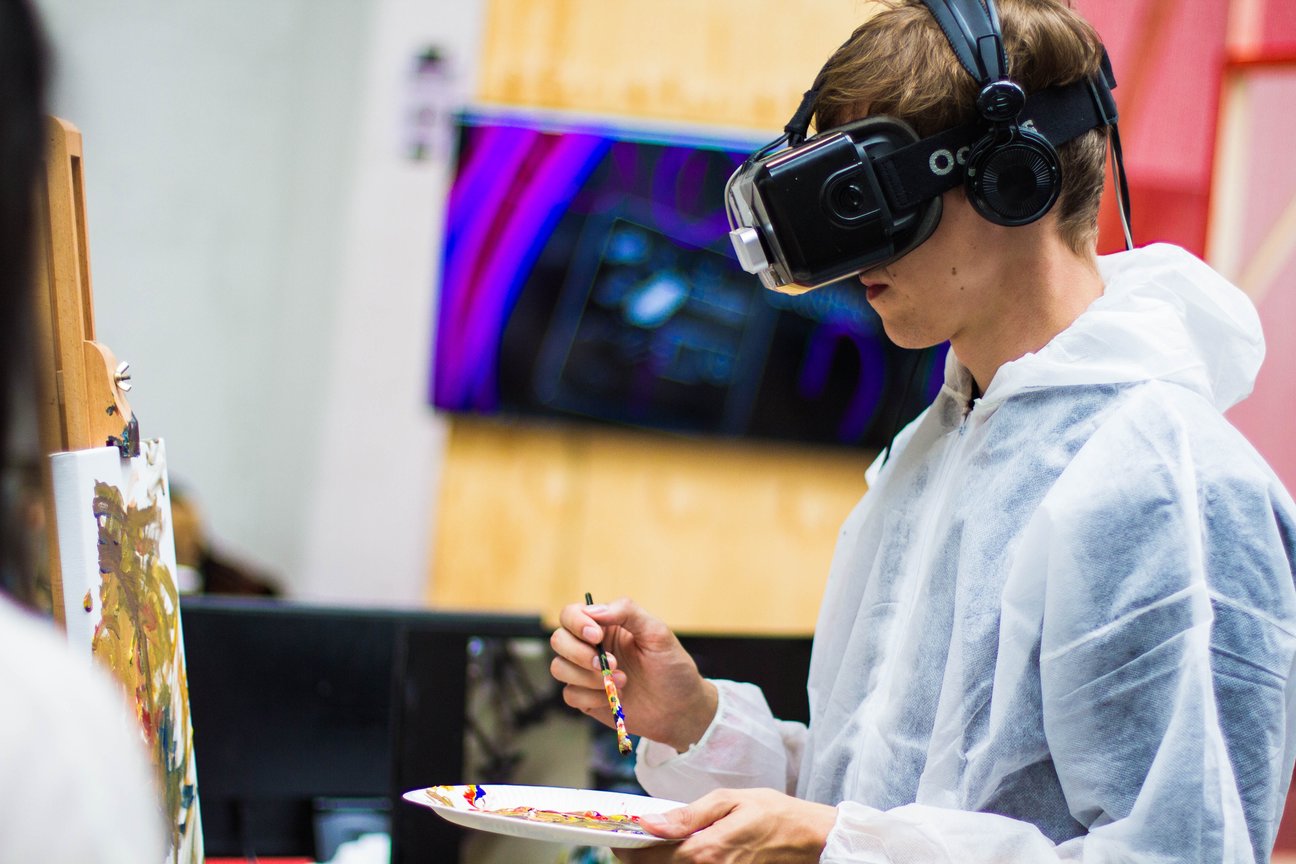Hottest AR applications

Augmented reality (AR) is a technology that puts virtual objects in a real environment in real time, enhancing what we see, hear and feel. Installed on all sorts of gadgets from smartphones and tablets to special glasses and helmets, AR-software recognizes a marker or a location in physical world and adds layers of relevant digital content, blurring the line between material and computer-generated things. Possible AR applications range widely, but there are several high-demand fields where scientists and engineers are making the most extensive efforts.
Navigation
AR-browsers like Wikitude, Layar and others make it easier to get from point A to point B, learning tons of useful info en route. Using your smartphone’s camera and GPS, they can give you directions to the nearest ATM, show a Wiki-article on a landmark or give TripAdvisor feedback on a caffee you are passing by, or even scan a movie poster so you can promptly buy tickets to an upcoming showing.
Moreover, there are apps capable of navigating not only earth, but the sky, too. Flightradar24 and Plane Finder, for example, turn your phone into an air traffic radar. You can point it up to the sky, and find a plane there – the app will tell you it’s name, where it is going, etc. Also, you can see arrivals and departures board of an airport and weather conditions there.
Higher up, software like SkyView, Star Chart or Sun Seeker invite you to explore the sky beyond the reach of civil airlines – the open space and everything humanity knows about it. On your mobile screen, you can watch the International Space Station as it travels around our planet or marvel at constellations, meteor showers and comets.
Gaming
For many of us, Pokemon Go and Ingress were how the augmented reality got us hooked on. AR-games convert humdrum surroundings into exciting playgrounds where you can catch pokemons, get spooked by zombies or pick a side and roam around a complex sci-fi world capturing or protecting locations.
Marketing
IKEA Catalog is an impressive illustration of AR’s potential in the field. The app allows you to gauge how a piece of furniture would look in your apartment before you buy it. And armed with a printed copy of the latest catalog, you can even put together and walk around a fully immersive 3D room.
In fashion world, AR-buyers can virtually try clothes on, and tattoo fans can use software that displays a chosen design on any part of your body so that you can see what it will look like before you actually go under the needle.
Education
Here we have great tools like Anatomy 4D, a guide into the human body, challenging us learn about interaction of different body systems by adding or removing them from display. For medical students, there are AR-solutions allowing to practice surgery without harming lab animals.
Another cool app, SketchAR uses a combination of augmented reality, machine learning, and neural networks to teach people draw.
If your kids find it boring to learn letters and spelling with charts, you can now try AR Flashcards: point your Android or iOS device at printed flashcards and a 3D animal pops up on the screen, then you tap the animal and hear its name and the letter. Or you can animate your children’s coloring books using apps like Crayola Color Alive or Quiver. All you need to do is print free pages, then color them and bring the drawings alive by hovering a phone’s camera over it.
Having fun
If anything, we never really grow up and crave for toys just as our kids do. So, AR invites us to play with effects similar to those achieved in the movie “Who Framed Roger Rabbit?” where virtual and real objects appear to coexist in the same space (e.g. Holo, Figment AR, Lumyer).
Surely, there are plenty other areas ripe for AR-tools, such as military & law enforcement, music, robot path planning, maintenance & repair and many, many others. AR’s got a huge potential and what we witness to-day is just the beginning of a fantastic journey.


